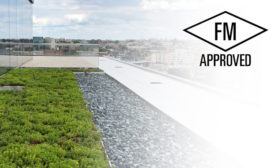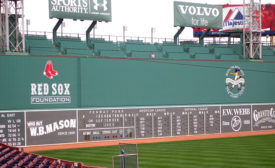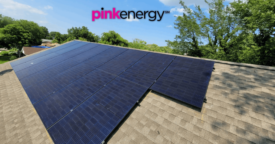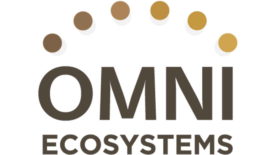Home » green roofing
Articles Tagged with ''green roofing''
Sponsored by SOPREMA
Building a Sustainable Future for Commercial Roofing
In 2025, building owners, specifiers, and contractors are looking for solutions that deliver multiple benefits while meeting increasingly complex project requirements.
Read More
2024 Commercial Roofing Trends Report
Outlook Remains Optimistic for Commercial Roofing Contractors as Several New Economic Factors Come into Play for 2025
Read More
Beating the Heat
The Best Roofs for Summer May Not Be Green
Latest research affirms that white roofs are most effective at cooling the city down on the hottest summer days
Read More
Green Roofs
American Hydrotech Gets FM Approvals for its Garden Roof Assemblies
Manufacturer of waterproofing and roofing products achieves 'stamp of approval' from testing lab
Read More
Rooftop Farming
A Twist on Boston's Iconic ‘Green Monster’
The longtime nickname for Boston’s Fenway Park, home to the Red Sox, takes on a new meaning with a vegetative roof
Read More
Sponsored by Johns Manville
Contractor Profile: Kalkreuth Roofing and Sheet Metal
Kalkreuth Roofing and Sheet Metal, a firm with roots dating back to 1920, used the past century to become one of the nation’s top commercial roofing concerns
Read More
Be in the forefront of the roofing industry!
Join thousands of professionals today. Shouldn’t you know what they know?
JOIN NOW!Copyright ©2025. All Rights Reserved BNP Media.
Design, CMS, Hosting & Web Development :: ePublishing













